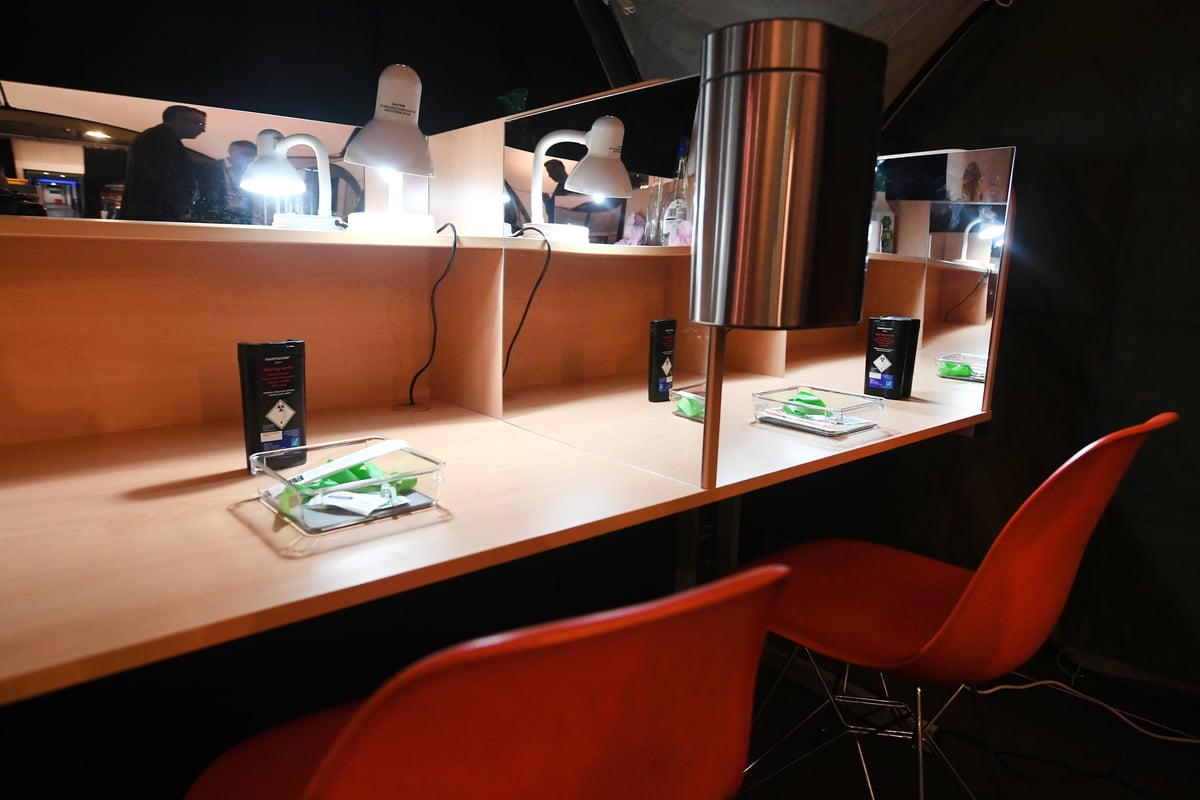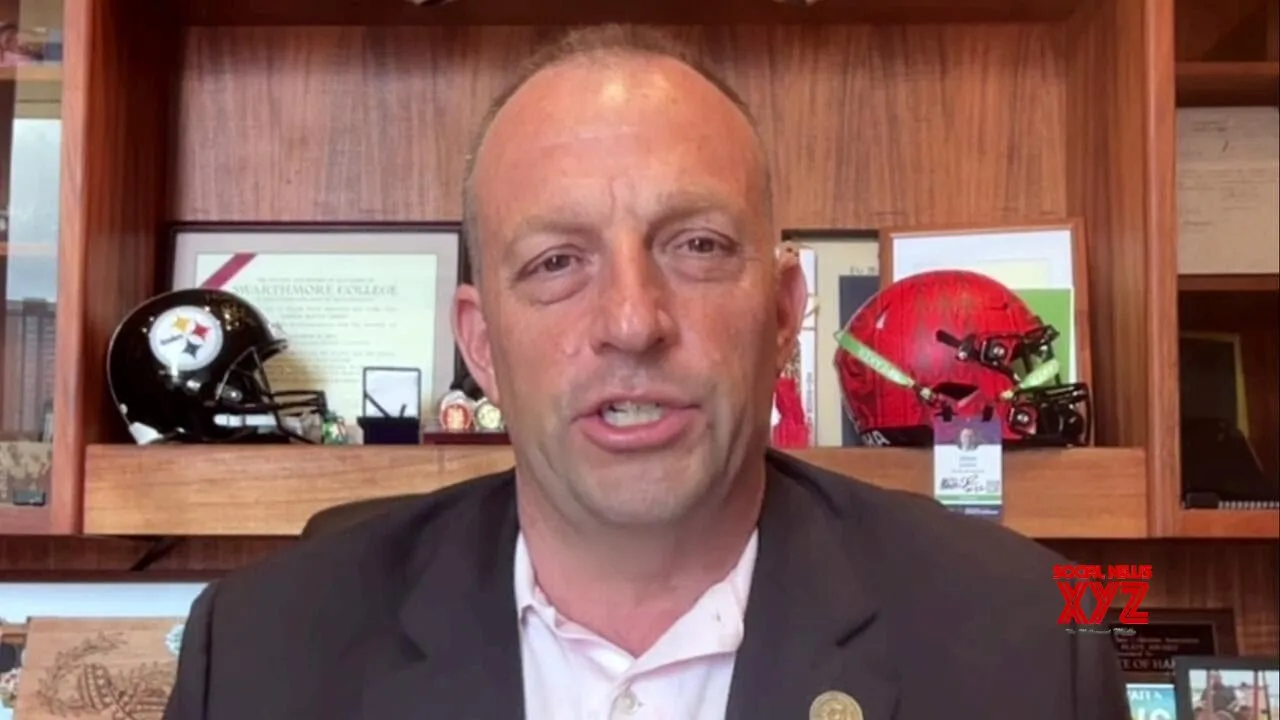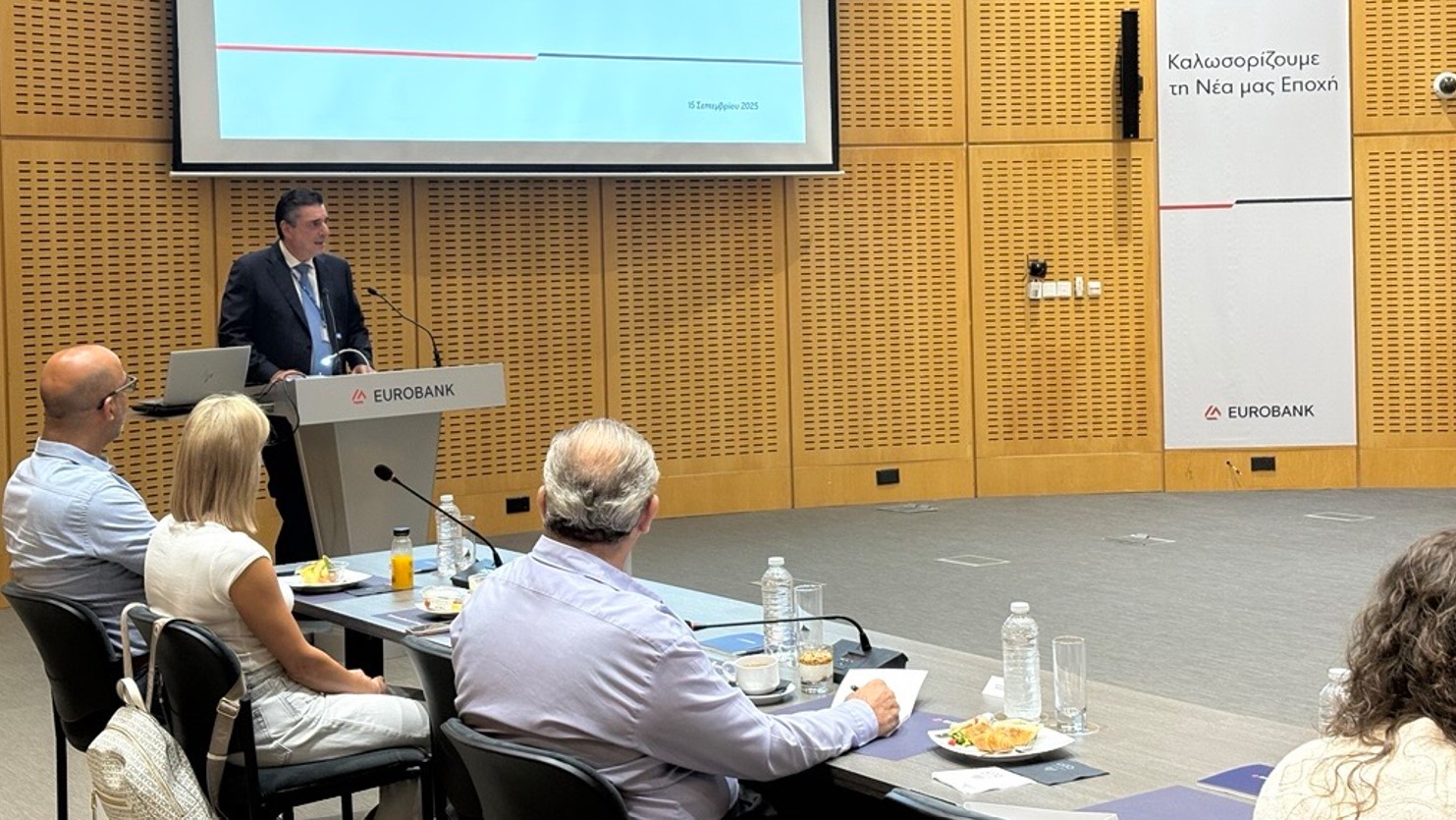Residents in Edinburgh to be asked opinions on city centre drugs consumption room with public consultation
By Joe Sullivan
Copyright scotsman

If approved by the Edinburgh Integration Joint Board next Monday, members of the public will be asked their opinions about the project, including where it will be sited. Health staff have identified the city centre as the area with the greatest level of need, with Cowgate and Spittal Street identified as possible locations. Extensive social outreach presences already exist in both places, with addiction centres, homeless hostels and other support services running across the Old Town. A decision on a consultation was set to be made at a meeting of the board last month, but due to the report being filed late, it was pushed back to the September meeting. The report also says that the clinic would need to reach out to the Lord Advocate, Dorothy Bain, for permission to run the service. Scotland’s top legal advisor wrote a document expressing that staff at Glasgow’s Thistle safe injection room would not be prosecuted for their work. But a separate decision would need to be made in order to cover staff working at a clinic in Edinburgh. According to the report, plans include seven booths for drug consumption, fitted with mirrors so nurses could see inside. Injection of drugs would be supported by the site, and inhalation could also be accommodated, depending on how the final scheme looks. Nurses on site would not be allowed to handle drugs, but would be able to help drug consumers safely use them. The report says the model is based on the Glasgow consumption room, as well as the Merchant’s Quay consumption room in Dublin. Safe consumption rooms have existed in Europe since the 1970s, with legally sanctioned ones coming into place in the 1980s. Glasgow’s safe consumption room opened in 2025, but was predated by a mobile safe injection van that ran for eight months between 2020 and 2021. Nine overdoses were reversed in the van out of 894 uses of it, and no deaths were recorded. Due to a lack of funding and legal difficulties around the van, it stopped running. At the August board meeting, representatives of Safe Consumption Edinburgh said: “Scotland’s drug crisis continues to be one of the worst in the world. “We have the highest drug death rates in the whole of Europe. Each year people watch in horror as their families and communities are torn apart. Too many people are dying because there are no supervised places in which those who use drugs can take them in a managed, safe environment. “Every day without such a facility is another day where a friend, a son, a daughter, a mother or father, auntie or uncle died unnecessarily.” The safe consumption room would be split into three parts – a reception space, a consumption and recovery area and a post-use area. Consumption of drugs would happen in the second space, while the reception area would allow health workers to interact with drug users at the facility. And the post-use area would provide users with a space to remain after using drugs, where other forms of support can be given to them. The centre could also include a drug checking service, and offer take home naloxone kits – a drug which can be used to stop an opioid overdose. The report suggests that the centre would be open seven days a week, and be open for between eight and twelve hours a day. Additionally, it would provide clinics for wound care, sexual health and infectious diseases, and possibly also chronic disease screening and management. It suggests that the safe consumption room could be co-located with, or placed close to, a homeless day centre or a treatment service providing opiate replacement therapy. Data collected by health agencies in Edinburgh found that the only drug deaths in public in Edinburgh in 2025 have taken place in the Old Town. Further, they found that 10 per cent of drug deaths in the Capital take place in the city centre council ward. And, as of July this year, 180 ambulance callouts had been made for the ward or for locations within ¾ of a mile of it in response to overdoses.



